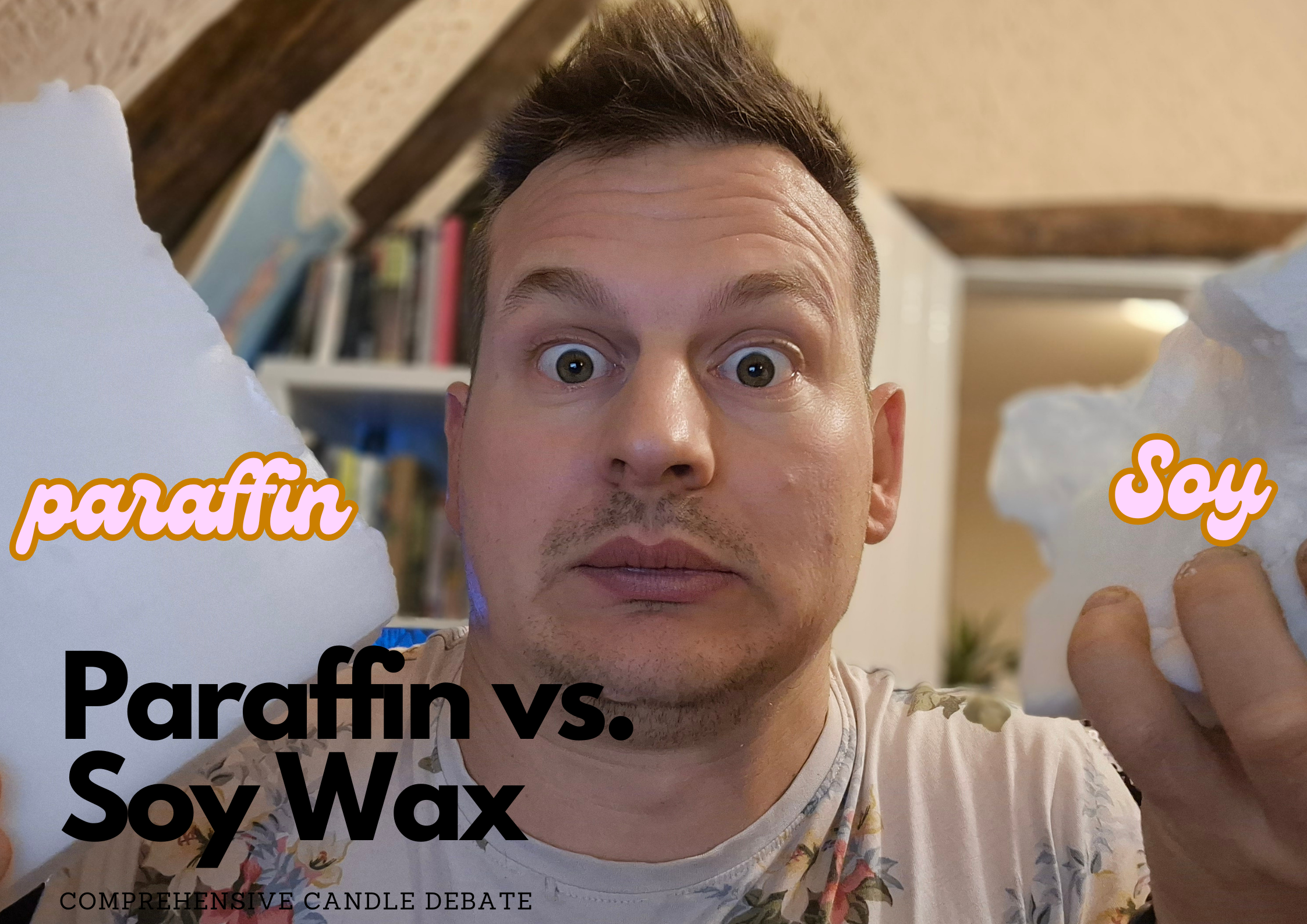Are Candles Bad For Hamsters
Aug 24 , 2022
Hamsters, for many children, make the perfect starter pet. Not requiring much attention, they get enough exercise running on their wheel and are ideal for cuddling. Unfortunately, hamsters don’t usually come with care instructions, and one particular problem they may have is with scented candles.
Hamsters have a susceptible respiratory system, leading them to have issues with scented candles. Exposure to strong, artificial scents such as candles or essential oils can cause sneezing, shallow breathing, or even discharge from their nose or eyes. While hamsters may be used to eating natural wax in the wild, candle wax can be severely toxic to hamsters if ingested.
Scented candles can create a tremendously pleasant experience for humans, but just because they don’t affect us doesn’t mean they are safe for pets. Animals have a heightened sense of smell, and rodents, in particular, have a sensitive respiratory system, making any type of artificial scents dangerous to them.
If candles are lit regularly, close to your hamster, chances are your hamster could be killed. Your hamster should be fine if they are kept in a well-ventilated room, far away from scented candles. However, if you ever witness your hamster in distress, blow out the candle immediately, and take your hamster into a room where fresh air is readily available.
You might wonder if it’s only the smoke or smell of candles that are harmful to hamsters. Well, no. Hamsters seem to have a particular affinity towards candles, the wax, in particular. This makes them partial to eating the wax, which can be toxic. So even putting an unlit candle near them may cause them to be in danger.
It might be important to mention that not all types of candle wax are harmful to hamsters. Waxes such as soy wax and palm wax are safe for hamsters as they are all-natural; however, there is still a significant risk associated with consuming candle wax, as manufacturers may mix harmful chemicals into them. Gel wax and paraffin wax are strictly not meant to be consumed by hamsters as they are not composed of natural wax, making them harmful.
You might be wondering why hamsters seem so partial to candle wax. Well, the reason is quite simple. Candlewax is loaded with calories for hamsters. In the wild, many hamsters eat natural wax to sustain energy, making them like candle wax. Also, hamsters are known for eating almost anything you put in front of them, and the same goes for candles. While loaded with calories, the candle wax does not contain any nutrients, so while your hamster may love consuming wax, it may cause several deficiencies in its diet, causing long-term harm.
Several symptoms can help you identify if your hamster has eaten toxic candle wax.
- Laziness: if your hamster suddenly becomes more lethargic, they’ve consumed toxic candle wax.
- Loss of fur: if you notice that your hamster has been losing more fur than average, it might be a good idea to take them to the vet for a checkup.
- Weight loss: if your hamster seems to be losing weight for no apparent reason, that might point towards them having consumed candle wax.
- Loss of appetite: your hamster suddenly not eating or drinking as it used to might also be a sign that your hamster has consumed harmful candle wax.
- Different coloured urine or faeces: Hamsters have white coloured faeces. If it is runny or a different colour, it might be a good idea to take them in for a checkup.
Scented candles and essential oils might not harm us, but the same can not be said for your pets. Thus, as a precaution, it might be better for you to use them only in a well-ventilated room and in a place where your pets can not reach them.





